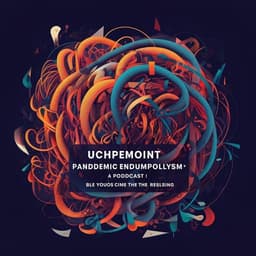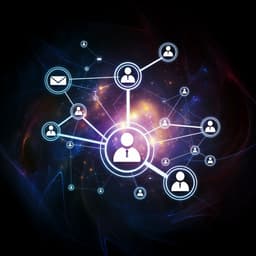
Medicine and Health
Media framing on news of the Hartal Doktor Kontrak (HDK) movement in Malaysia: a quantitative content analysis of two Malaysian newspapers
N. Jinah, K. Y. Lee, et al.
Explore the dynamics of media framing during the Hartal Doktor Kontrak movement in Malaysia, where contract doctors led a nationwide strike. This study reveals how the media emphasized government accountability and solutions while shaping the narrative around future policy changes. Conducted by Norehan Jinah, Kun Yun Lee, Nor Haniza Zakaria, Nursyahda Zakaria, and Munirah Ismail.
~3 min • Beginner • English
Related Publications
Explore these studies to deepen your understanding of the subject.







